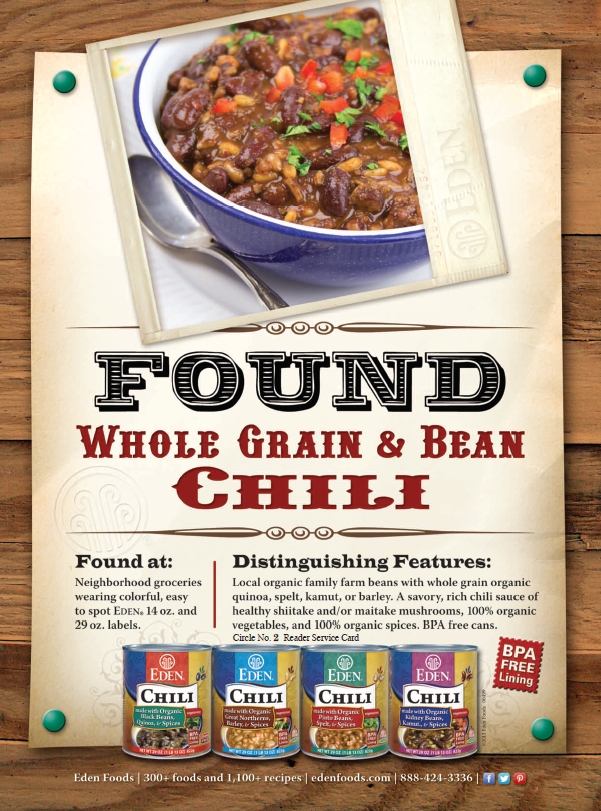The natural products industry is a pretty comfortable place to be. I say this as someone who unintentionally swerved into the business 36 years ago when my friends encouraged me to interview for sales manager at a start-up New England natural foods distributor. I wanted to teach classical guitar. Well, I got the job, for $150 a week. Of course, my living expenses were $140 per month for rent, and food costs were heavily subsidized by mysteriously damaged cases of Wha Guru Chews and miscellaneous organic free range grains, nuts and seeds from our warehouse and returning delivery trucks.
Twenty years later, when my company merged with United Natural Foods, the industry had taken hold of me, had seeped into my blood, and was largely how I defined myself. So, when it came to the question of what to do next, staying in the industry was a no-brainer. Hence Retail Insights, my consulting company dedicated to helping independent natural products retailers succeed.
Why independent natural products retailers? Because, although I had many opportunities during my distribution years to branch out into other channels, like supernaturals and conventional supermarkets, I always believed that the independents better reflected the true soul of the industry; the personal desire of the entrepreneur to help others get and stay well.
And, I still believe this today. Even today, with the  explosive growth of our industry, and the rapidly expanding availability of natural products in every retail channel, most independent retail store start-ups are still done by people who are personally touched by natural products, and by a belief in the efficacy of the natural lifestyle.
explosive growth of our industry, and the rapidly expanding availability of natural products in every retail channel, most independent retail store start-ups are still done by people who are personally touched by natural products, and by a belief in the efficacy of the natural lifestyle.
It is easy to see how, running your own natural products store, you can slip into a comfortable lifestyle. The tide of the industry has risen uninterruptedly for going on 50 years, floating all boats large and small. As a natural products retailer, all you needed during most of this time was 1,000 square feet or two, some shelving, a couple of doors of refrigerators and freezers, and voilá; your register started ringing, customers started flowing and your checkbook balance usually looked pretty flush.
From the wholesale distribution side, at Stow Mills, the pace was constantly accelerating. We grew it from $900,000 a year in 1977 to $225 million 20 years later, in 1997. I went from being, simultaneously, the sales manager, the field sales force, and one of two inside telephone salespeople serving about 100 customers, to managing a team of a couple dozen field and office people serving several thousand customers. “Comfortable” is not the word I would use to describe this rapid-paced climb. Running my own store would have been a much more comfortable experience. I could have gone at my own pace.
So, it is with a great deal of empathy and understanding that I see those of you who have dedicated your lives to serving others through your own natural products stores. Perhaps you plan on doing tomorrow just exactly what you’ve been doing for the past number of years; coming to work, placing orders, stocking shelves, cleaning up, talking to customers and going home. And, depending on where your trade area is, that strategy may work just fine for quite a while longer.
At the same time, it is undeniable that the number of independents whose stores are rather more directly in the path of larger competitors are fewer in number today than yesterday and, without deciding to do something other than come to work, place orders, stock shelves, talk to customers and go home, will be fewer still tomorrow.
 But this is not a death sentence. In fact, our business at Retail Insights is doing quite well and—because 90-plus percent of our business is serving independent natural products retailers—we are a pretty good reflection of the strength and vibrancy of the independent channel overall; the remaining retailers today are really good stores, with really good operators and really, really loyal customers—even without so-called “loyalty” programs, by the way.
But this is not a death sentence. In fact, our business at Retail Insights is doing quite well and—because 90-plus percent of our business is serving independent natural products retailers—we are a pretty good reflection of the strength and vibrancy of the independent channel overall; the remaining retailers today are really good stores, with really good operators and really, really loyal customers—even without so-called “loyalty” programs, by the way.
And, it is hard not to notice a common thread, certain traits these great retailers share:
1. A dedicated owner who operates based on a vision and mission to truly serve and cultivate his or her customers as individuals genuinely interested in getting and staying well.
2. A respect for store employees who shape the shopping experience, and a willingness to model the right behaviors and attitudes for them, day in and day out.
3. A high product standard that is careful to select the best available nutrients, and the strength and integrity to resist fast-buck fads and questionable ingredients.
4. A consistent commitment to reinvest in the facility, fixtures and equipment—the “place”—where the shopping experience happens, knowing that customers will reciprocate by remaining loyal in the face of many other shopping options.
I could go on, but I think you get the idea. Let’s just say that each one of my clients is someone I enjoy sitting down with and talking about the industry, their vision and, well, the livelihood we’ve created for ourselves in our great industry. May we all have many more years of success! WF
Jay Jacobowitz is president and founder of Retail Insights®, a professional  consulting service for natural products retailers established in 1998, and creator of Natural Insights for Well Being®, a comprehensive marketing service designed especially for independent natural products retailers. With 36 years of wholesale and retail industry experience, Jay has assisted in developing over 1,000 successful natural products retail stores in the U.S. and abroad. Jay is a popular author, educator, and speaker, and is the merchandising editor of WholeFoods Magazine, for which he writes Merchandising Insights and Tip of the Month. Jay also serves the Natural Products Association in several capacities. He can be reached at (800)328-0855 or via e-mail at jay@retailinsights.com. Jay will be speaking at SOHO Expo in Orlando, FL on Thursday, December 6, 7:30 p.m., about “The Latest Natural Industry Data.” He will be available at booth 406.
consulting service for natural products retailers established in 1998, and creator of Natural Insights for Well Being®, a comprehensive marketing service designed especially for independent natural products retailers. With 36 years of wholesale and retail industry experience, Jay has assisted in developing over 1,000 successful natural products retail stores in the U.S. and abroad. Jay is a popular author, educator, and speaker, and is the merchandising editor of WholeFoods Magazine, for which he writes Merchandising Insights and Tip of the Month. Jay also serves the Natural Products Association in several capacities. He can be reached at (800)328-0855 or via e-mail at jay@retailinsights.com. Jay will be speaking at SOHO Expo in Orlando, FL on Thursday, December 6, 7:30 p.m., about “The Latest Natural Industry Data.” He will be available at booth 406.
Published in WholeFoods Magazine, November 2013










